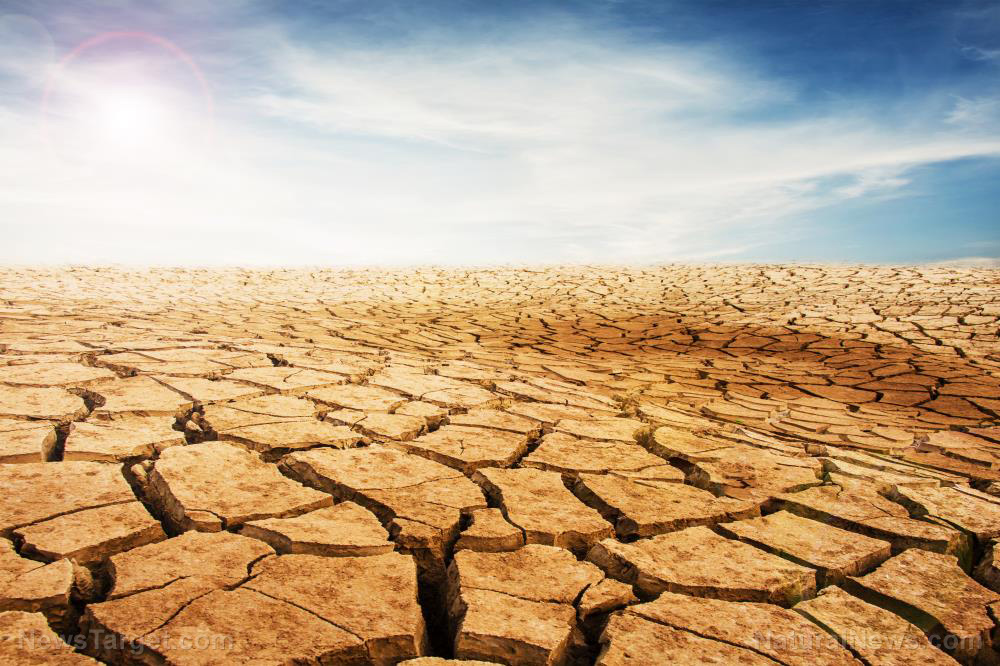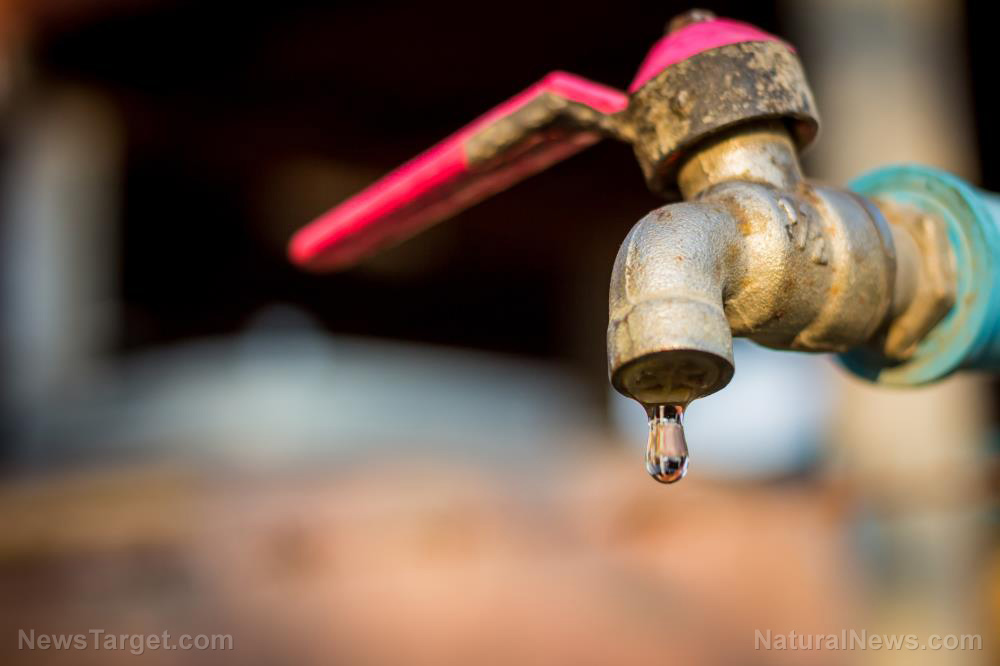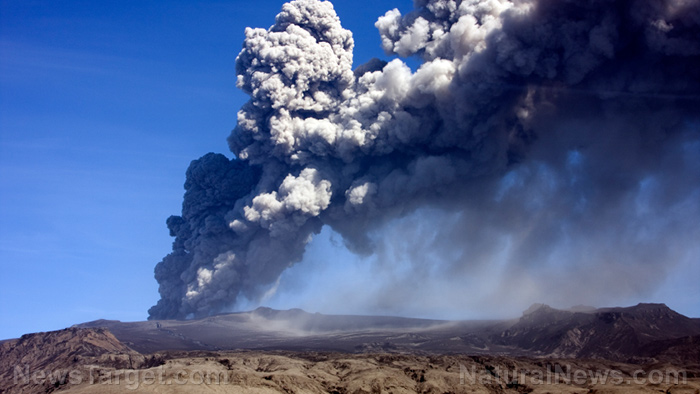Groundwater wells worldwide at risk of going dry, study finds
05/14/2021 / By Virgilio Marin

In a new study published in the journal Science, researchers warn that wells in the United States and more than 35 other countries could dry out if groundwater levels drop by only a few feet.
Researchers Scott Jasechko and Debra Perrone, both water resources engineers from the University of California, Santa Barbara, arrived at this finding after analyzing nearly 39 million well construction records from 40 different countries. The pair studied each well’s location, the reason it was constructed and its depth, among others.
They found that up to 20 percent of wells worldwide extend no more than 16 feet below the water table, or the top surface of the groundwater. This suggested that these wells would run “dry” if groundwater levels decline by just a few feet. A well goes dry when the water table drops so far that the well isn’t deep enough to reach it.
While new wells were built, these were not dug significantly deeper than old wells in places where groundwater levels are declining, the researchers found. In eastern New Mexico, for example, newly built wells were not drilled deeper than old wells because deep rock layers are impermeable and contain saline water. This meant that new wells in these areas are just as likely to run dry as old wells.
US at risk of water shortage, food collapse due to wells running dry
Groundwater flows through tiny spaces within sediments and their bedrock. At points called discharge areas, water rises to the surface and moves into lakes, rivers and streams.
Meanwhile, at points known as recharge areas, water from either precipitation or leakage from surface water percolates deep into the ground. These recharge areas refill aquifers, or bodies of permeable rock that hold or transmit water.

But groundwater levels can drop dramatically due to a host of factors, including the amount and rate of pumping, amount of recharge and the underground rock’s permeability.
In the San Joaquin Valley in California – one of the country’s top agricultural regions – over-pumping dramatically reduced groundwater levels, causing water scarcity as well as land subsidence, or the gradual settling or sudden sinking of the Earth’s surface. Some areas in the valley have sunk by as much as 28 feet since record-keeping began, and droughts are further exacerbating land subsidence in the valley. (Related: California’s San Joaquin Valley, once fertile farming ground, now succumbing to drought.)
As groundwater is the planet’s most widespread and reliable source of water, groundwater depletion can cause water shortages and result in food collapse. According to the Ohio-based nonprofit the National Ground Water Association, wells supply nearly 40 percent of water used for irrigation globally and provide half of all drinking water consumed worldwide.
On top of water shortages and land subsidence, groundwater depletion can drastically reduce the water available at the surface, as surface water can leak down to underground aquifers. Seawater can also intrude into aquifers, causing groundwater reserves to be too salty for drinking.
Many areas in the U.S. are facing groundwater depletion, including a long strip of the Atlantic Coastal Plain. According to the U.S. Geological Survey, saltwater intrudes into aquifers from New York to Florida and surface water flows have decreased in at least one area – a basin in Massachusetts. Other regions seeing groundwater depletion include the Pacific Northwest, Desert Southwest and Gulf Coastal Plain. All of these places are experiencing depletion due to over-pumping.
Several wells in some of those areas are going now dry, including areas in the Western U.S. In a 2017 study, Jasechko and Perrone estimated that as many as one in 30 wells in the West were running dry and as many as one in five in the southern portion of California’s Central Valley, which encompasses the San Joaquin Valley. Many households are now out of well water in the valley, as well as in southeastern Arizona. Beyond the Southwest, wells are also running dry in states as diverse as Maine, Illinois and Oregon.
Read more articles related to water scarcity at WaterWars.news.
Sources include:
Tagged Under: aquifers, California, clean water, Collapse, disaster, drinking water, Drought, environ, environment, food collapse, food supply, groundwater, groundwater wells, irrigation, over-pumping, research, water, water scarcity, water supply, Well water, wells





















